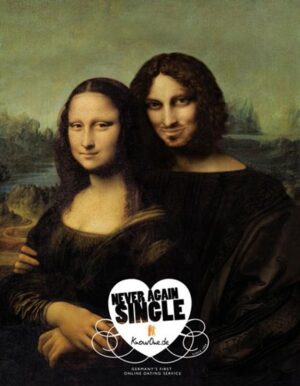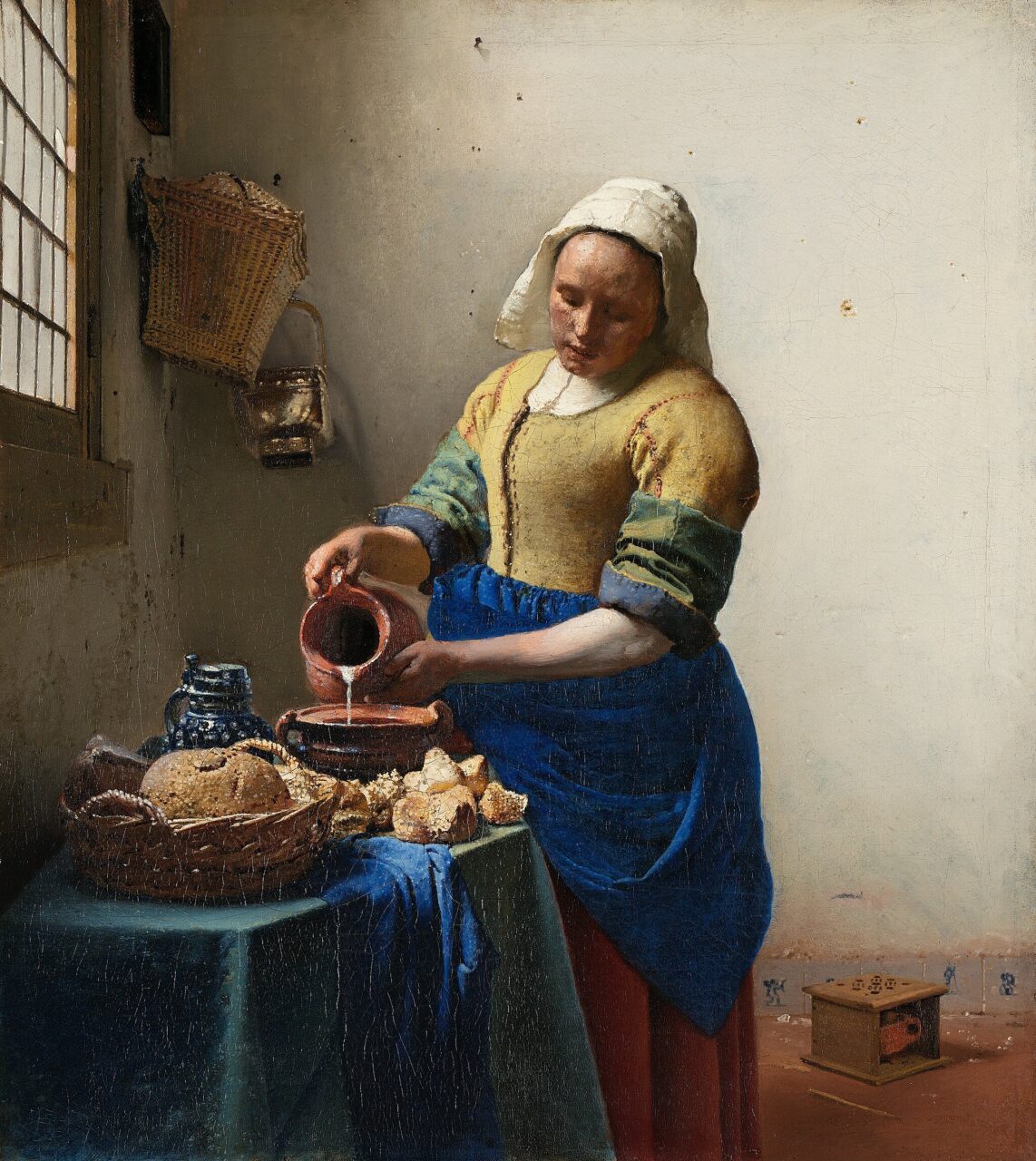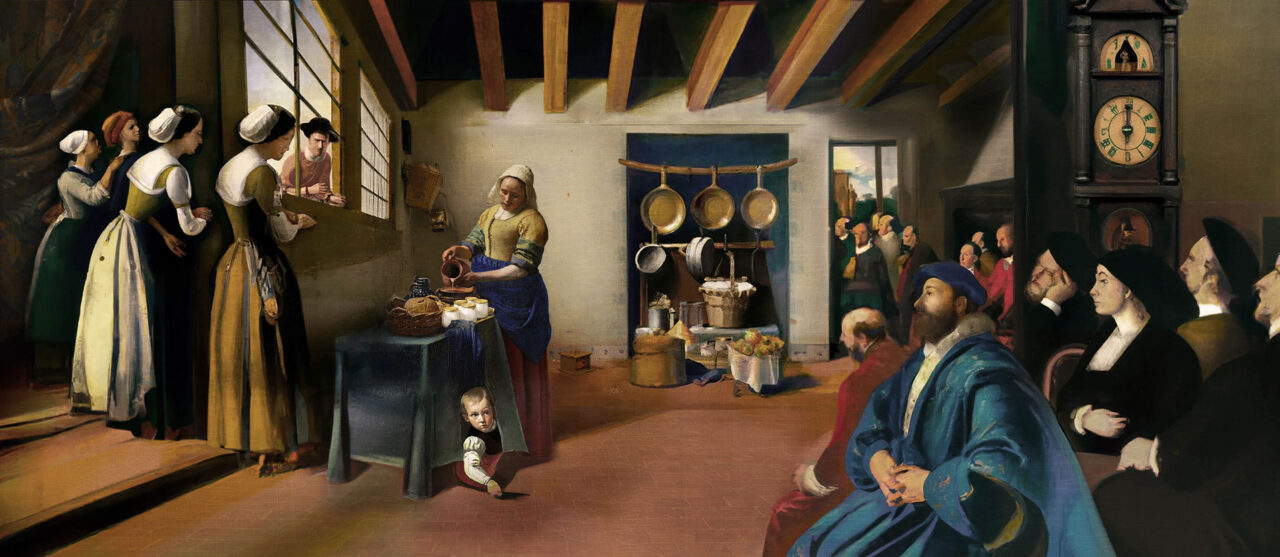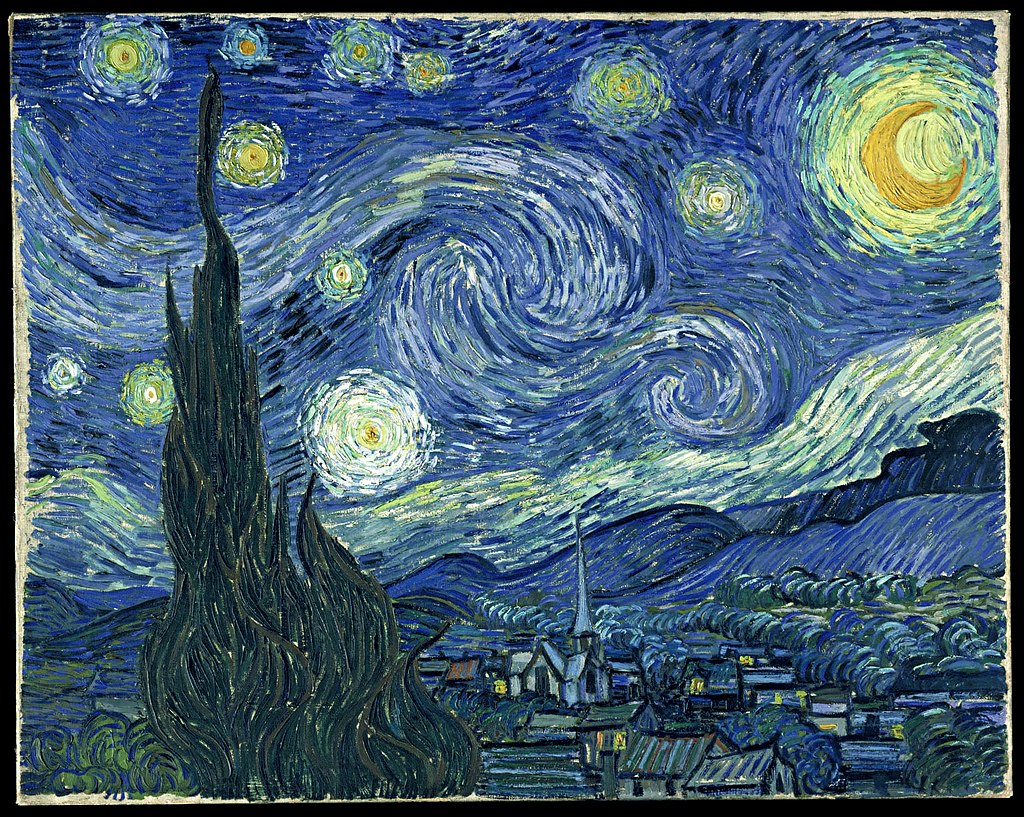Creatives who want to harness the power of artvertising have to think hard when choosing the artwork as a base for their ad so they don’t put a foot wrong. Most often, they take the safe bet and reach for famous works as well as popular styles and directions. Equally - so as not to irritate consumers - they usually focus on art that is appealing and not controversial. The ideal choice is classic artwork that people are familiar with. Such works are commonly seen in museums and galleries and taught about in schools.
Impressive campaigns
It pays to draw inspiration from historical works of art. When approached sensitively, the result is visually striking campaigns that reinterpret famous historical images in a modern context. In doing so, they pay homage to the original work on the one hand and create a link between history and the present on the other. Advertising agencies often study the symbolism and motifs of historical works of art in order to integrate a deeper meaning into their campaigns. Moreover, the iconic status of famous paintings ensures instant recognition, thus strengthening the brand.
Favourite artists and works
There are many works that inspire advertising creators. But some of them are used more often than others. It is hard to say whether Da Vinci, Picasso, or Van Gogh would have been delighted or horrified to discover what creatives were doing with the artists’ “offsprings”. But this type of advertising has a great effect on consumers because it is both original and familiar. Let’s take a look at the most commonly used artists and works.
Da Vinci and Mona Lisa
It is said that Leonardo da Vinci worked on the painting between 1503 and 1517 when he was staying in Florence. The identity of the woman depicted with the famous mysterious smile has long been debated. The most likely theory is that the painting was created at the instigation of Francesco del Giocondo, a wealthy Florentine silk merchant who commissioned Leonardo da Vinci to paint a portrait of his wife Lisa in the spring of 1503. Before his death, Leonardo sold the Mona Lisa to King Francis I of France for the relatively large sum of 4,000 gold ducats. In 1962, the painting was insured for $100 million. Taking inflation into account, the value of the painting today would be a staggering $850 million, which is almost 20 billion Czech crowns. Which brands have taken advantage of the mysterious painting?
Mona Lisa for Orange Telecommunications (2013)
This advertisement is a product of a French telecommunications provider. Orange Telecommunications builds on the belief that the eyes of the Mona Lisa follow the viewer everywhere and makes her wink.
Video: Orange Telecommunications - Mona Lisa
Mona Lisa for Samsung (2022)
The Samsung TV ad not only uses the Mona Lisa theme but also charms with a piano soundtrack, trying to convince consumers that TVs can bring famous galleries like the Louvre into their living rooms.
Video: Samsung - The Frame x Louvre
Mona Lisa for Geico (2013)
Geico used the Mona Lisa as the face of the brand. But instead of winking, the da Vinci beauty talks about car insurance in this ad. The ad is part of the Portraits series.
Video: GEICO - Mona Lisa (Portraits Gallery)
The Geico brand has returned to the Mona Lisa motif repeatedly. In the 2021 spot, a GEICO salesperson informs the beautiful Susan that her insurance company can save her hundreds of dollars on her car insurance and asks her a rhetorical question about whether she is waiting for Leonardo da Vinci to paint her (we would say she is waiting until hell freezes over) before taking advantage of the favourable insurance terms. At that moment, the famous painter materialises in Susan’s kitchen and begins instructing her on how to pose.
Mona Lisa for Perrier (2019)
In a mineral water commercial, Mona Lisa can’t hold on and jumps out of the frame. In a vibrant spot full of colour and editing, produced by agency Rosapark and production studio Iconoclast, Mona Lisa sets out to explore the contemporary world and enjoy it – as well as Perrier mineral water – to the full.
Video: Perrier - Mona Lisa
Mona Lisa is clearly into drinks. When the soda runs out, Mona Lisa reaches for Redbull. But that is a different advert, of course.
Mona Lisa for the German dating agency KnowOne
To keep the eternal beauty from getting lonely, a German dating service has found her a partner. No one should be alone!

Mona Lisa for easyJet (2023)
While a horrified public stares at an empty frame in the Louvre, Mona Lisa travels the world with easyJet. And on her travels, she encounters other works of art that have broken free of frames and pedestals, such as Rodin’s famous Thinker wondering what to have in a restaurant, or Vermeer’s famous Girl with a Pearl Earring sunbathing on the beach.
Video: easyJet - Get out There
But the Mona Lisa is not the only da Vinci work that appears in advertisements for various brands.
Da Vinci and the Last Supper
The Last Supper was painted by Leonardo da Vinci between 1495 and 1497 for Ludovico Sforza, Duke of Milan. The 8.8 × 4.6 m mural depicts a scene from the Gospel of John, showing Jesus and the twelve apostles at the Last Supper. “The Last Supper” is one of Leonardo da Vinci’s most famous works. Measuring approximately 460 cm × 880 cm (180 × 350 inches), the painting is eye-catching for its monumental scale and intricate detail. Leonardo departed from traditional fresco techniques and instead opted for a mixture of tempera and oil paint applied to a dry wall, which unfortunately contributed to the gradual deterioration of the painting over time. Therefore, the work had to be restored several times.
Even today, da Vinci’s painting continues to fascinate the masses and attracts tourists from all over the world to the Convent of Santa Maria delle Grazie in Milan. “The Last Supper” goes far beyond the status of a mere work of art. It is an expression of the enduring search for the meaning of life and spiritual enlightenment. It is no wonder that the creatives have reached for this work in order to give their campaign a mark of distinction.
For example, the Portuguese evangelical foundation Fundação Evangelizaçao e Culturas used this motif in its advertising, which in 2023 decided to emphasise that even one volunteer matters and presented the Last Supper without Jesus.
In an advert by the American television company Fox, Jesus was left alone at the dinner table. And the French clothing company Marithé+François Girbaud went one step further and made the Last Supper an all-female affair.
The Last Supper for Doritos (2011)
The Doritos brand took its own take on the Last Supper theme, adding chips to the table.
Video: Doritos - The Last Supper
The brand has returned to the theme of the Last Supper several more times. For example, the Super Bowl in 2016 featured the following ad:
A bit different Picasso
It is hard to say how it would have turned out if Pablo Picasso had painted the Mona Lisa. This illogical connection was exploited by Y&R in their 2011 creative for the Magimix brand. How do you like the cubist Mona Lisa?

We will stay with Picasso for a while. One more ad connects two seemingly unrelated things. The result is... funny. What Picasso might have thought is another subject altogether. Anyway, the safety-focused advert illustrating the ‘Without Air-bag’ and ‘With Air-bag’ variants, produced for Renault by MullenLowe SSP3 Bogota in 2000, is really amusing.

Van Gogh and his self-portrait with his ear cut off
That Van Gogh cut off his ear is certain. Some sources say it was just the lobe, others claim he cut off his whole ear. The reason why this happened is also a matter of debate. Some theories say he lost his ear in a fight with Gauguin, others that he cut it off in a fit of madness and then went to give it wrapped to a prostitute. Other sources say it was a cleaning lady, not a prostitute. Be that as it may, the painting of Van Gogh with a bandaged ear is also among the works that advertising has seized upon to promote a brand.
For example, the ad below and its product, Van Goghgurt, were created as part of a marketing campaign by Americans for the Arts to equate art with healthy eating.
Video: I Cut My Ear Off - Van Goghgurt
Vang Gogh and Sunflowers
The yellow glowing sunflowers are another popular advertising motif. The famous Van Gogh painting has been used by brands such as Lexus in their campaigns. However, they replaced the sunflowers in the vase with their headlights. The Indian paper company Apsala used its pencil sharpeners to create the famous sunflowers.
Van Gogh and Self-Portrait
This oil painting dates from 1889 and is probably the last self-portrait that Van Gogh created. Vincent van Gogh created more than 30 self-portraits from different periods of his life. He painted himself very often. He didn’t have the money to pay for a model. This self-portrait is characterised by dissolving colours and turbulent patterns that create a sense of tension and pressure, symbolising the troubled state of mind of the artist who was under mental, physical, and emotional pressure.
The Nescafé brand has enhanced the strange expression in the eyes to give the impression that Nescafé coffee wakes people up and keeps their attention. In this case, the authors have used the whole work with minor changes, and everything is in line with fair use.
The Alliance Francaise, which organises French language courses in Europe, also used this work by Van Gogh. The original portrait has been preserved, only the part with the outstretched hand holding the camera has been added. Van Gogh is simply taking a selfie.
Probably the most imaginative advertisement relying on the painter’s self-portrait comes from the Y&R advertising agency and was created for KelOptic. The original work was used and rendered as a painting in a gallery in front of which dioptric glasses are placed. These glasses smooth out the original image and provide a glimpse of what the painting would look like realistically without the style the artist used.

Van Gogh’s self-portrait has been used in more than ten different advertising campaigns. Other brands that have used the work include Samsung and Lego.
A bit of artificial intelligence in conclusion
AI moves the world, including the world of advertising. So, it is no wonder that brands are turning to it to create their campaigns. Nestlé’s 2022 ad, which used the technique of “outpainting”, i.e. extending the artwork within the campaign, is certainly worth mentioning.
The basic motif for the campaign for the French yoghurt brand La Laitière was the famous painting by the Baroque painter Jan Vermeer entitled The Milkmaid.

Through the expansion of the canvas, an elaborate scene was created with a variety of people and well-crafted details.

“A.I. generated imagery is a revolution, and all the creative industry should embrace it. It will probably have us rethinking lots of jobs, but in a good way. Illustrators will be able to sketch roughs more quickly. Photographers or art directors will create mood boards more easily. We see A.I. as an amplifier of creativity. It democratizes the process. We just need to keep in mind that it should be used in a meaningful way and ensure that there are still creative people directing the A.I., and not the other way around,”
said David Raichman, Executive Creative Director, Ogilvy Paris, commenting on the ad.
Using art in advertising can pay off
One of the main reasons for the use of artwork in advertising campaigns is prestige, which is what the general public associates with art in particular. Companies using art in their campaigns can thus raise the status of their products or brands. Similarly, by buying a product with a high status, the customer will get the impression that its prestige has also increased.
As long as there is no copyright infringement and the artwork is used sensitively and imaginatively, such advertising can be beneficial not only to the advertiser but also to the artist and the audience. Through advertising, not only the advertised product but also the artwork, or the artistic direction or style used by the creatives, becomes embedded in the viewer’s subconscious.

